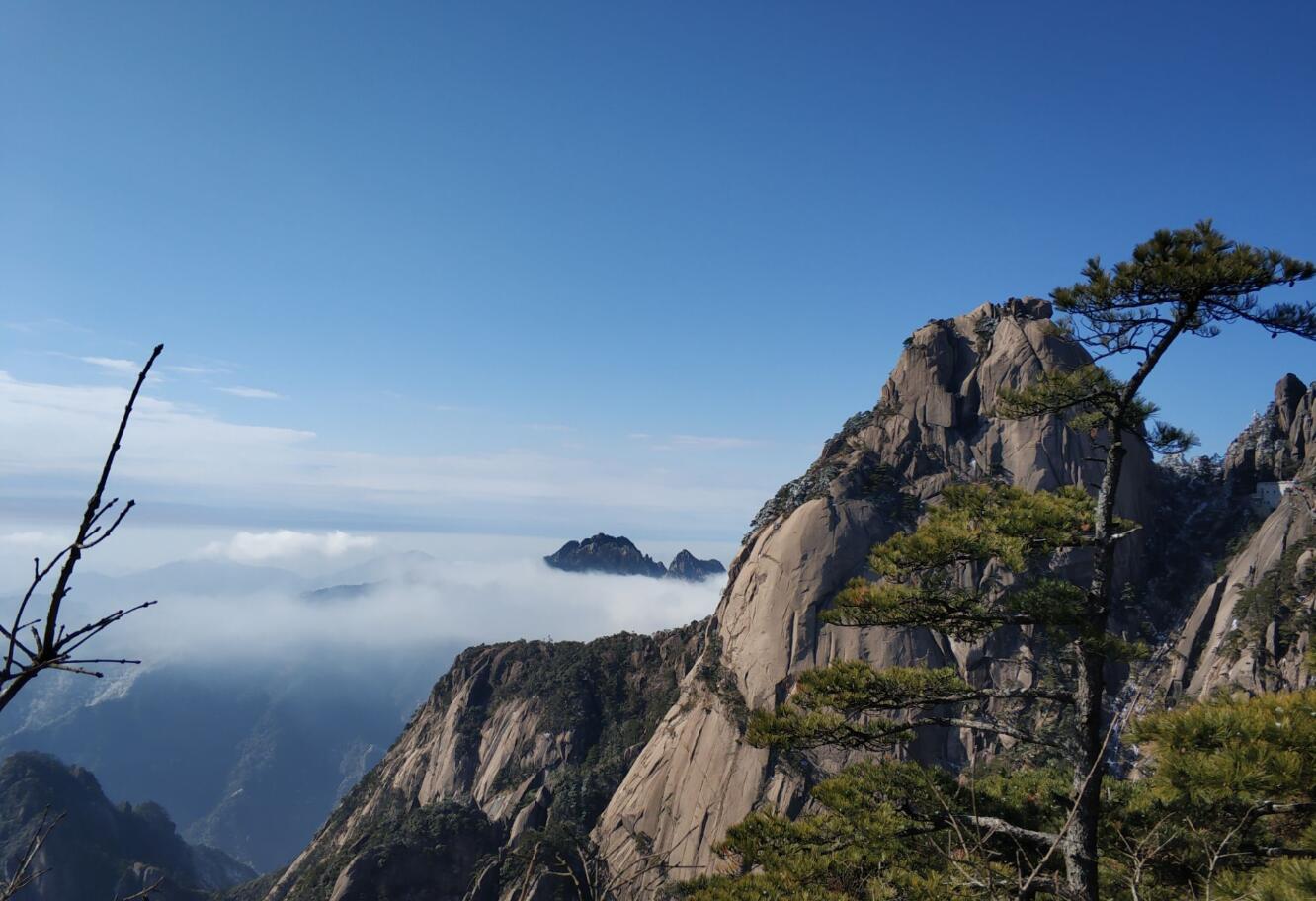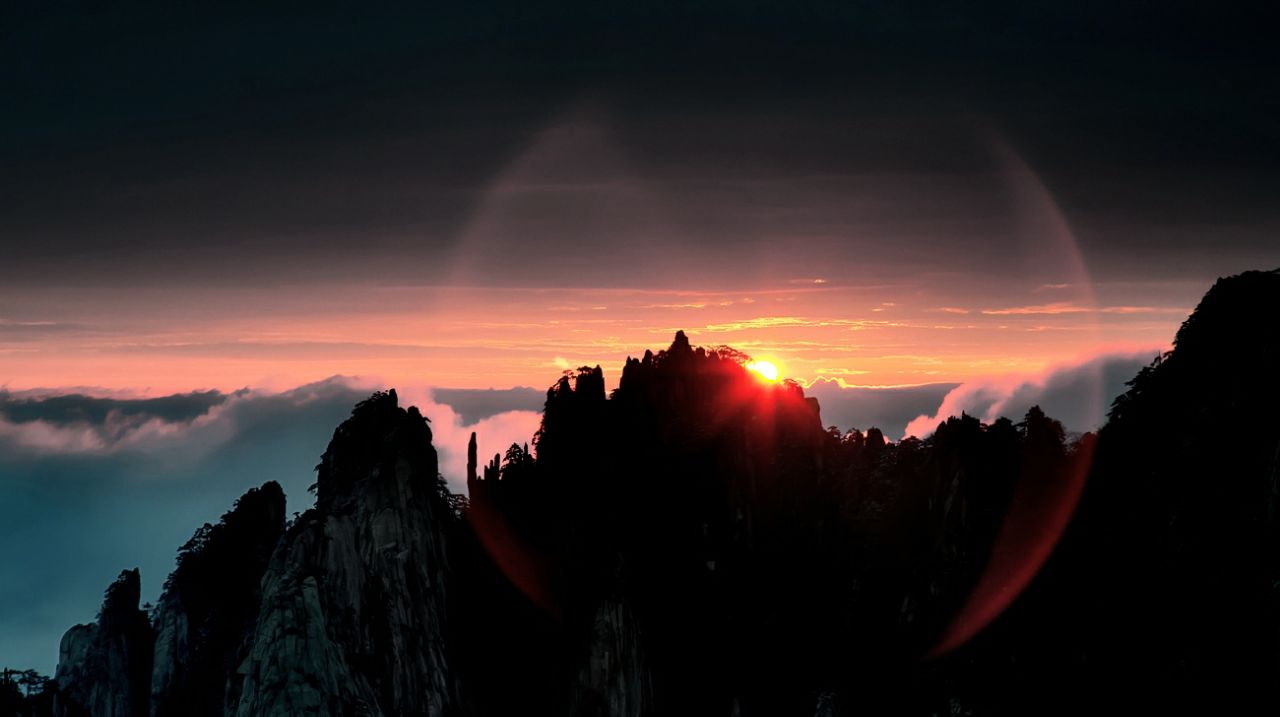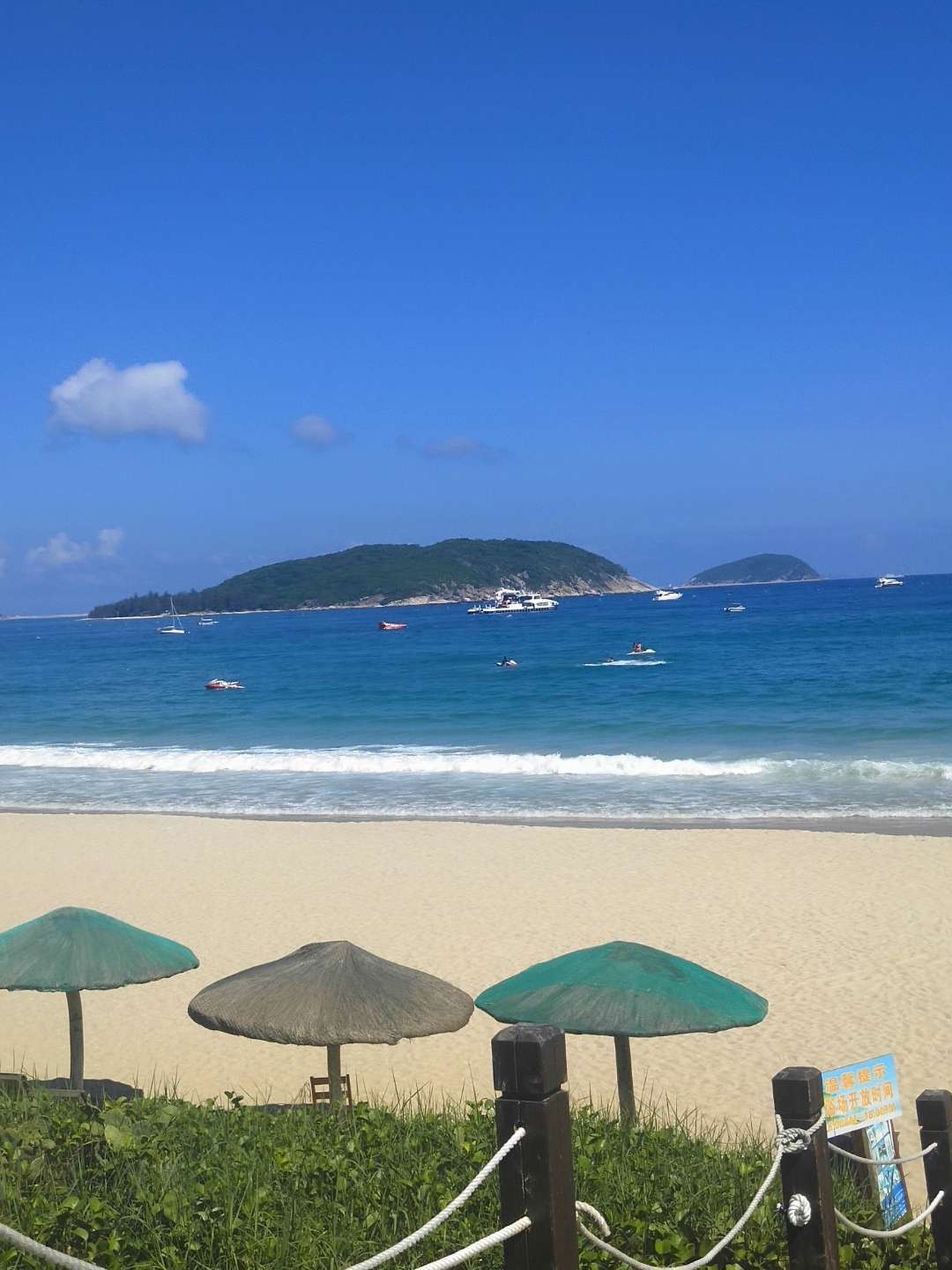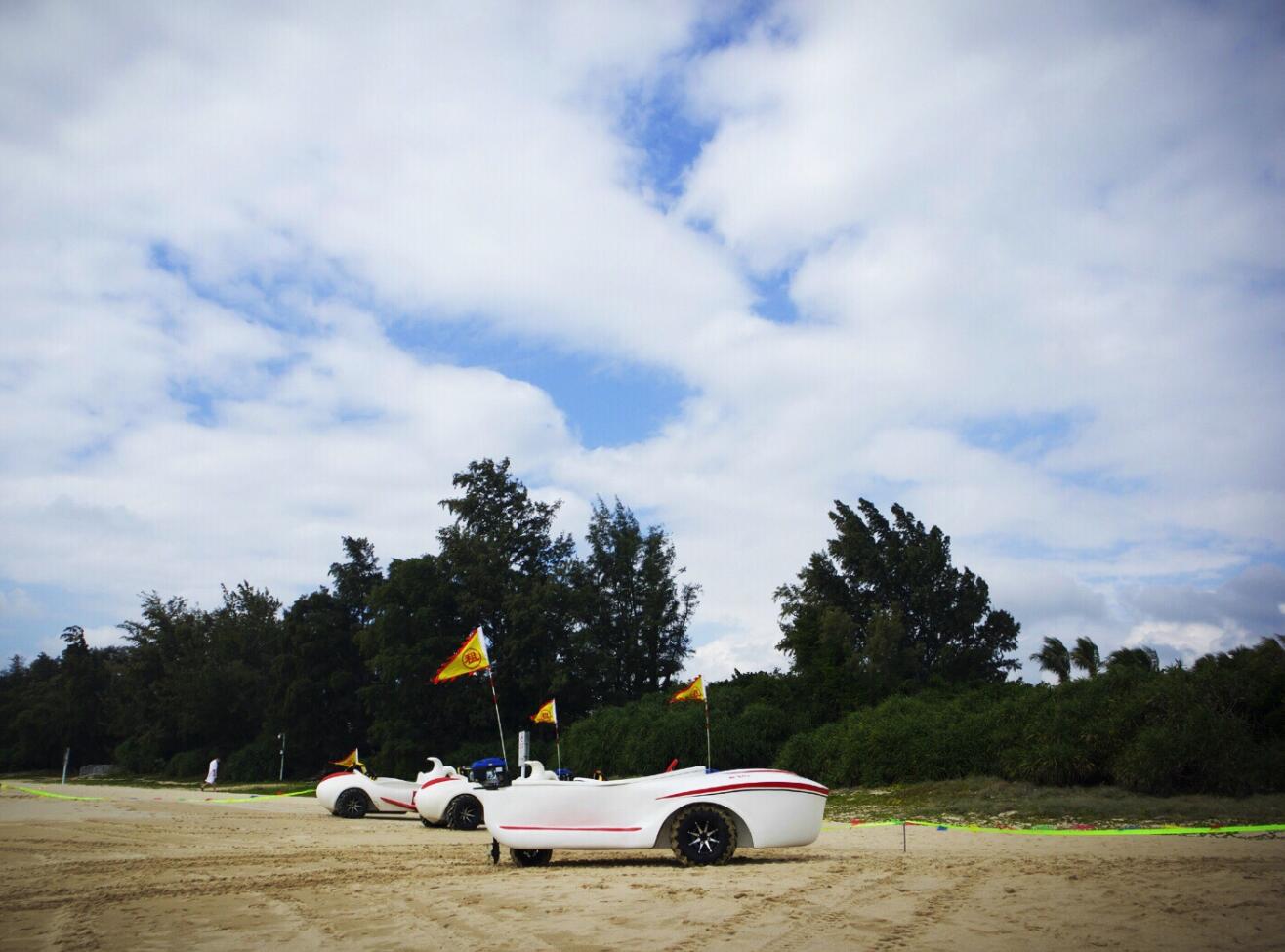 The Yellow Mountains combines 800 million years of geological history, integrating peaks and forest landforms and glacial relics. It also has rich and typical geological landscapes such as granite modeling stones, granite caverns and fountain pool stream waterfall. The front mountain rock mass is sparse, multi-spherical weathering, and the mountain is thick and spectacular. The back-mountain rock mass is densely packed, multi-column weathering, and the mountain is steep, forming a geomorphic feature of “the majestic font mountains and the beautiful back mountains”.
The Yellow Mountains combines 800 million years of geological history, integrating peaks and forest landforms and glacial relics. It also has rich and typical geological landscapes such as granite modeling stones, granite caverns and fountain pool stream waterfall. The front mountain rock mass is sparse, multi-spherical weathering, and the mountain is thick and spectacular. The back-mountain rock mass is densely packed, multi-column weathering, and the mountain is steep, forming a geomorphic feature of “the majestic font mountains and the beautiful back mountains”.
The Yellow Mountains ecosystem is stable and balanced. The plant community is intact and vertically distributed. It has one place for alpine marshes and alpine meadows. It is a gathering place for green plants. It is known as the “treasure house of East China Plant” and “natural botanical garden”. The forest coverage rate of the scenic spot is 84.7%, the vegetation coverage rate is 93.0%, there are 1805 species of higher plants, including Yellow Mountains pine, Yellow Mountains rhododendron, Magnolia parviflora, manglietia fordiana, Chinese yew, southern hemlock and so on. There are 28 species of plants that were first discovered in The Yellow Mountains and named after The Yellow Mountains.
 The Yellow Mountains are located in a subtropical monsoon climate zone with deep valleys and vertical climate changes. Local topography plays a dominant role in climate and forms a special mountain monsoon climate. The average annual precipitation of the mountain is 2369.3 mm, the average annual rainy day is 180.6 days, the snowy day is 32.9 days, the foggy day is 259 days, the strong windy day is 118.7 days, the annual average temperature is 7.9 °C, and the longest rainless period is 40 days. The scenic area is densely forested and there are many waterfalls. The air quality is maintained at Grade I all the year round. The daily average concentration of air PM2.5 is 5 μg/m3. The concentration of air negative oxygen ions is stable at 20,000/cm3 for many years. Therefore, The Yellow Mountains is also called “natural oxygen bar”.
The Yellow Mountains are located in a subtropical monsoon climate zone with deep valleys and vertical climate changes. Local topography plays a dominant role in climate and forms a special mountain monsoon climate. The average annual precipitation of the mountain is 2369.3 mm, the average annual rainy day is 180.6 days, the snowy day is 32.9 days, the foggy day is 259 days, the strong windy day is 118.7 days, the annual average temperature is 7.9 °C, and the longest rainless period is 40 days. The scenic area is densely forested and there are many waterfalls. The air quality is maintained at Grade I all the year round. The daily average concentration of air PM2.5 is 5 μg/m3. The concentration of air negative oxygen ions is stable at 20,000/cm3 for many years. Therefore, The Yellow Mountains is also called “natural oxygen bar”.

